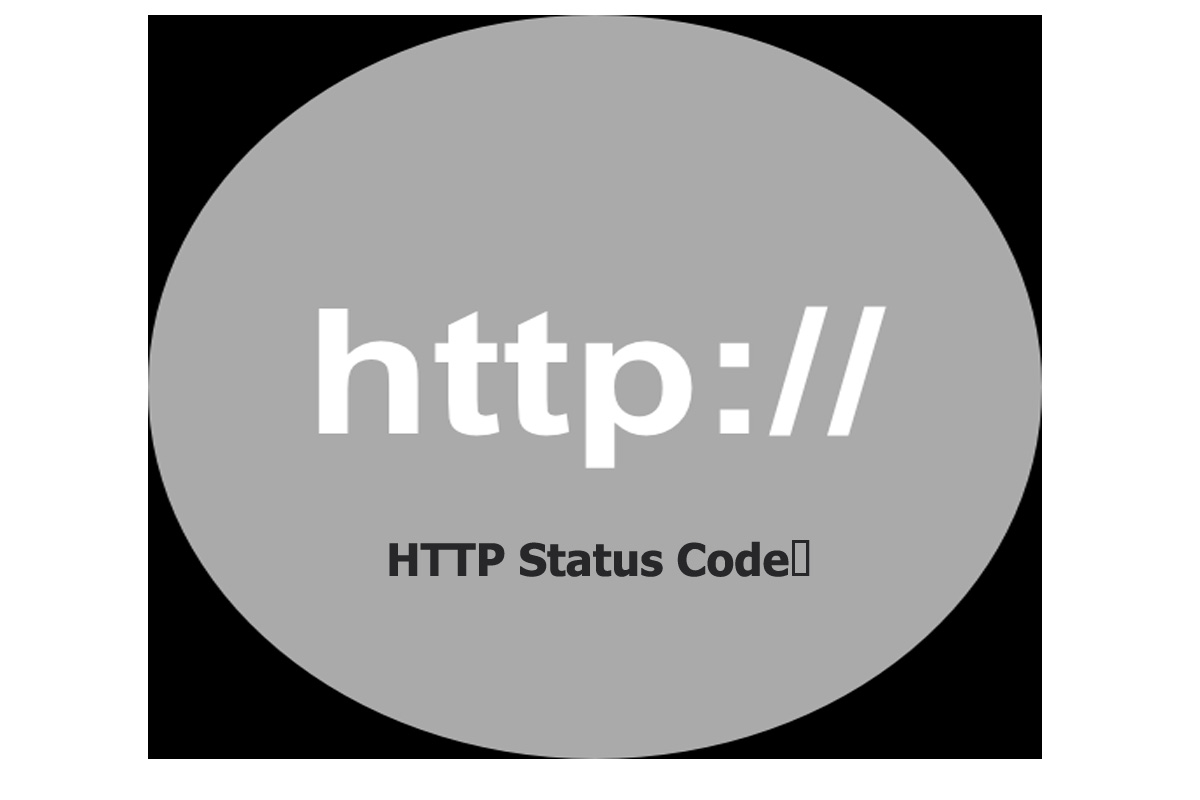What is HTTP Status Code?
Introduction
HTTP status code is the server code to respond to a browser request. For example, when you try to open a website, the browser sends a request to your site server, and then the site server responds to the browser in three words, HTTP status code.
The status code is the internet correspondence between the browser and the site server. They communicate whether the page is touch and go or something is wrong with the page.
Understanding how the HTTP status code works will help you understand if the page has some errors. So you can quickly remove those errors. These codes will also allow search engines or people to access your site. Suppose, for example, 301 redirects will inform you that the page has been moved elsewhere.
The status code ranges between 1 to 5. So this is how you will see these codes 1xx to 5xx. This will indicate the range of the code, which represents the different classes of server response.
What are the Indications of Different Status Codes?
1xx – Information responses – The site server is thinking through the browser request
2xx – Response – The request is successfully accepted, and the server gives the browser the results.
3xx – Redirection – This pops up when you are redirected to a different page. Yes, the request was accepted, but it was redirected somewhere else.
4xx – Client Errors – It is shown Page not found. The page or website could not be reached. The request was made on the browser, but there was an issue with the site. This often occurs when the page is not present on the site.
5xx – Server Errors – The user’s request was on the browser, but the server failed to complete the request.
Different Types of HTTP Status Codes
Understanding every SEO professional’s status codes is necessary because they significantly impact SEO. For example, imagine this you are working on a site, and it has the issue of 5xx errors. Now you know this is a server issue.
Since the 4xx error affects the visitor experience because the page won’t be visible, the page may have been deleted, or there are changes in the URL. Once you understand the cause of the problem, you can apply a custom 404 page or 301 redirect to send visitors to the lost page.
HTTP Status Code 200
This means that your website is usually working great. Link equity and bots are significant, with lots of visitors. You don’t need to do anything. Everything is doing good by itself. You don’t even need to check your website constantly.
HTTP Status Code 301 Redirect (Permanent)
This means the page will help you permanently move or redirect somewhere else. But, unfortunately, this also means that all the link equity power, all those hard-earned links, will be given to the new URL due to the 301 redirect.
HTTP Status Code 302 Redirect (Temporarily)
This is the same as the 301 redirects. This means the page is moved temporarily. We suggest clients not use 301 redirects for temporary use. You can go for 302 for temporary use, and also the best part about this is that it does not pass link equity.
HTTP Status Code 404
The page or site requested by the browser is not found. It means the page has been deleted or moved somewhere else. Once a user searches for your website and opens a page, they will land on a 404 error (Page not found) if it is missing.
Suppose someone has not redirected the page when they change the URL. This error will occur. So it is better to use 301 or 302 redirect when changing your website URL.
Some other codes, like 410, are more permanent than 404. 500 means their internal server issue, and 503 represents the server being unavailable.

